They say never to judge a book by its cover, or a wine by its label. But we do, don’t we? Fresh and creative, these labels certainly succeed in selling their wares.
Cape Rock ‘Amnesty’ and ‘Asylum’ 2013
Like two peas in a pod, these wines go together – quite literally. Based in Vredendal, the innovative Cape Rock cellar produces the Asylum white and Amnesty red blends, the labels of which tell a sea-swept story when placed side by side.
The Asylum is a Chenin Blanc, Clairette Blanche and Colombard blend. Citrusy, fresh and low in alcohol, it’s an easy-drinking summer wine.
The Amnesty is a richer blend of Syrah, Cinsaut, Grenache, Carignan and Mourvèdre, a medium-bodied red with bold flavour.
AA Badenhorst Secateurs Chenin Blanc
The Secateurs Chenin, bottled under the Badenhorst Family Wines range, is a great representation of quality South African Chenin. Fresh and flinty, it’s a beautifully balanced wine made from grapes sourced on the slopes of the northern Paardeberg. The label is a wonderful representation of its freshness.
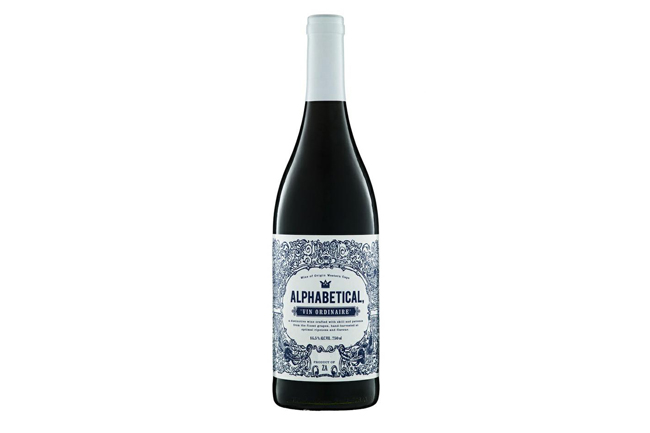
Alphabetical ‘Vin Ordinaire’
Alphabetical is voluptuous yet drinkable, impressive yet affordable. Made as naturally as possible, from vineyards farmed without pesticides or insecticides and with minimal interference in the cellar, it’s a blend of Cabernet Sauvignon and Shiraz from Stellenbosch and the Swartland. A well-rounded wine with ripe fruit flavours, soft tannins and a dry, spicy finish.
Alheit Vineyards ‘Cartology’
Cartology is both the name of and the inspiration behind this one; a vinous exploration of Cape heritage. A Chenin Blanc and Semillon blend, it’s a bright wine with notes of citrus and ripe apple. Alheit Vineyards is based in the Hemel-en-Aarde valley, but grapes are sourced from all over, including the Swartland and Franschhoek.
Sequillo Red 2012
From the Sadie Family comes this interesting and elegant Syrah, Cincault and Tinta Barocca blend, rich in red fruit and spice. It’s not just the labels that are unique about Sequillo wines, but the flavour. Committed to producing wines with a strong regional identity, it’s a great example of the Swartland region.
Photography Courtesy


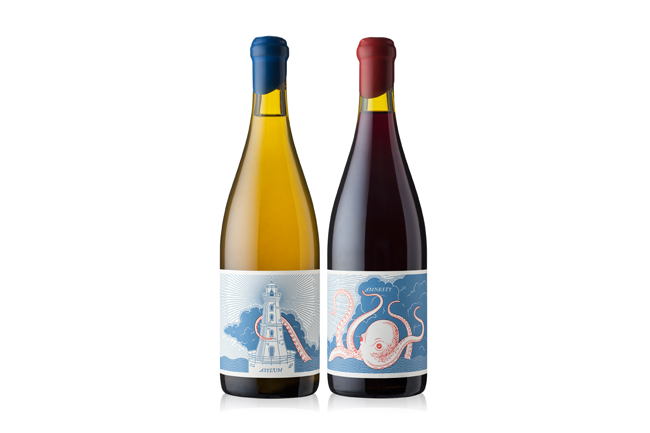
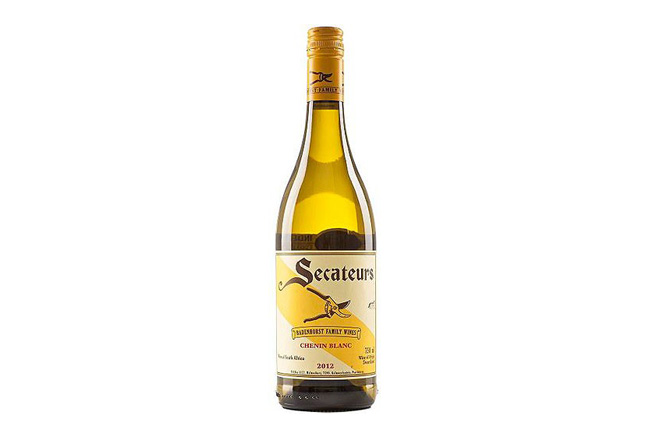
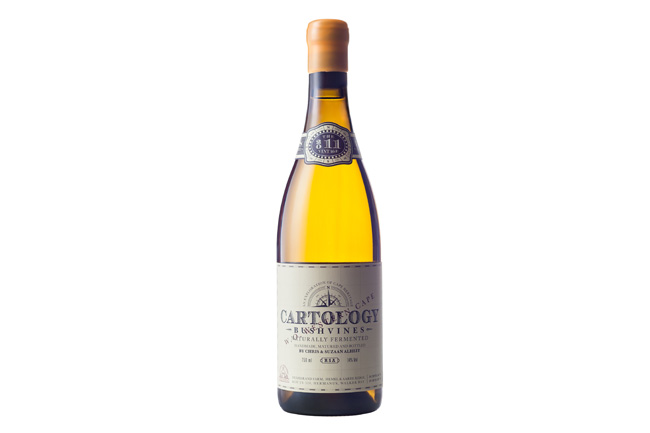
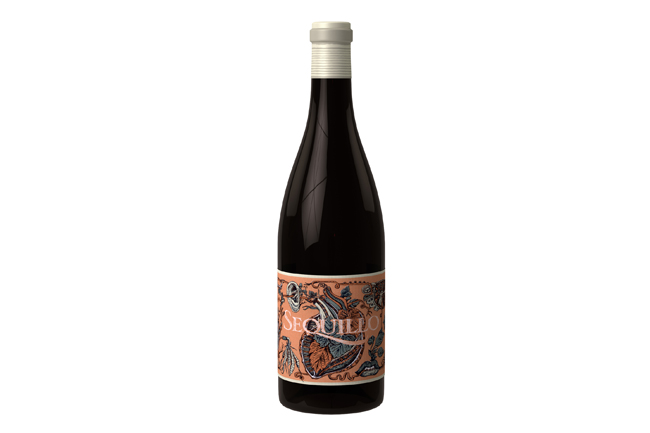
I don’t like these funky labels. I only buy traditional labelled bottles with corks (preferably real Cork too)